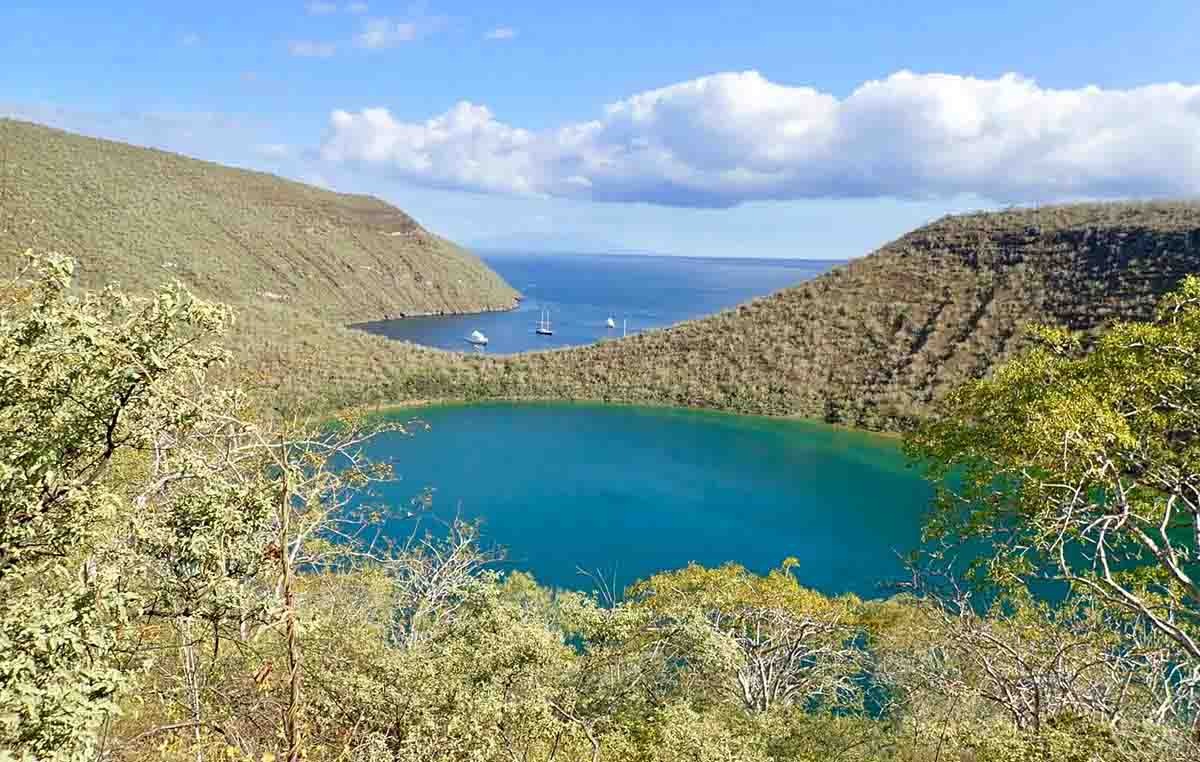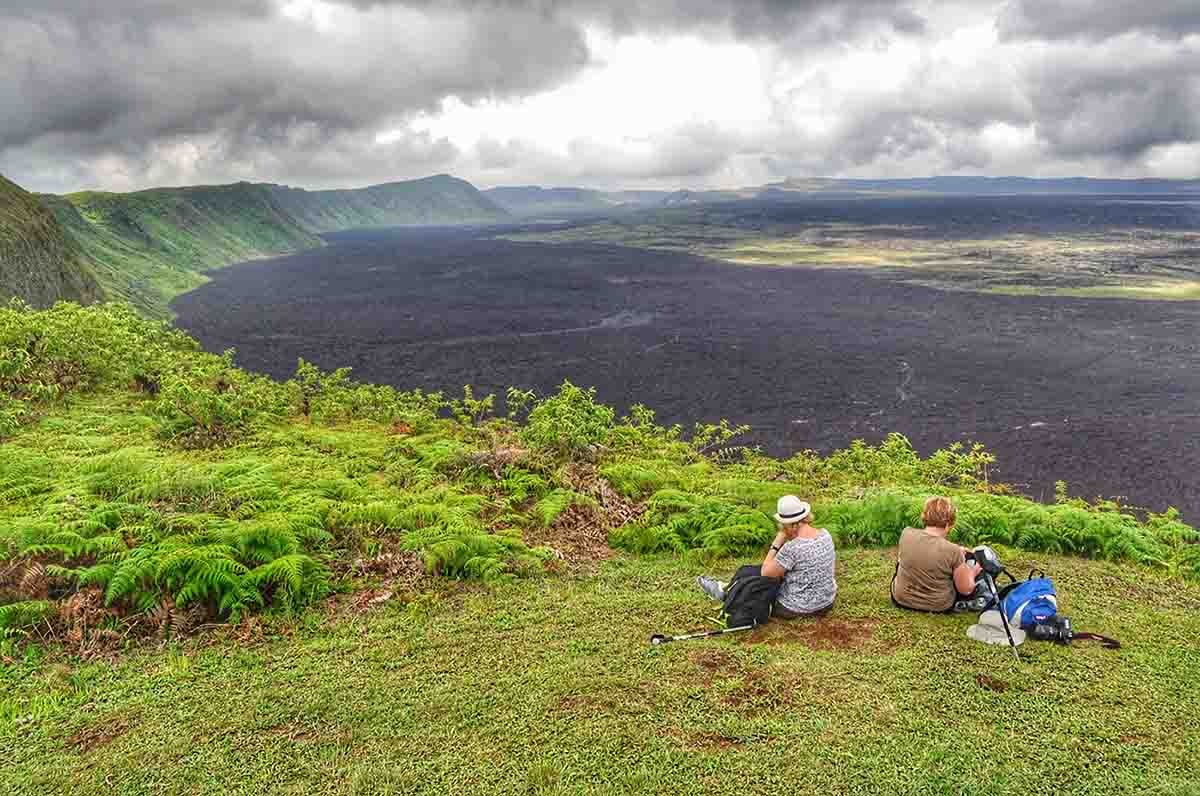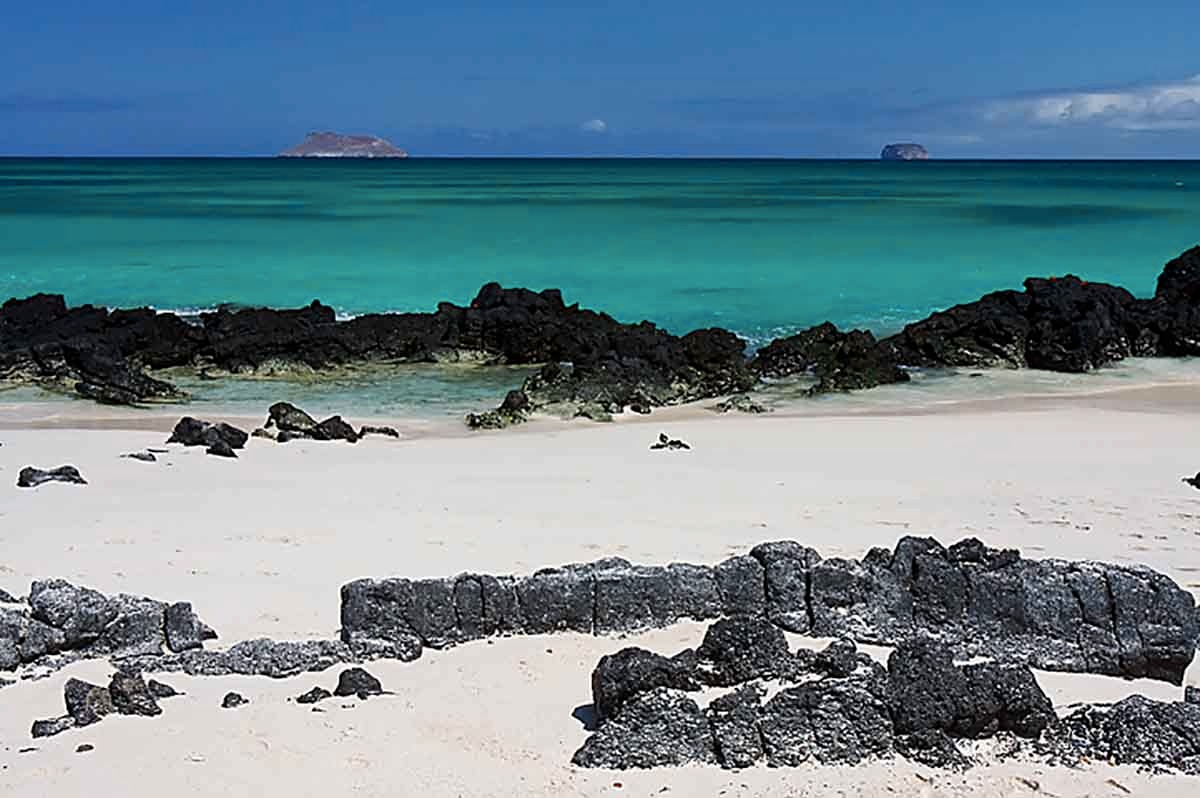Day by day
Map

Preview

Preview

Preview
Cruise Includes
Non-alcoholic beverages (coffee, tea and filtered water) available 24/7
The services of an expert English-speaking naturalist guide and a crew of nine on board the yacht.
Accommodation on board is in double bases unless you paid for s single supplement, all cabins has private bathroom.
Soap, shampoo, toilet paper, hand towels, body and beach.
All Zodiac and shore excursions during the voyage.
All meals and snacks on board the Queen Beatriz
Use of snorkeling equipment during the voyage.
Transfers to the airport and back in the Islands.
Jacuzzi on board.
Cruise does not include
Flights to Galapagos.
For the naturalist guide and the crew members
Alcoholic drinks
Souvenirs, laundry and other expenses not specified.
$200 USD Galapagos National Park Entrance Fee
$20 USD IN-Gala transit control card
Itinerary D 8 Days
From USD 6915,00